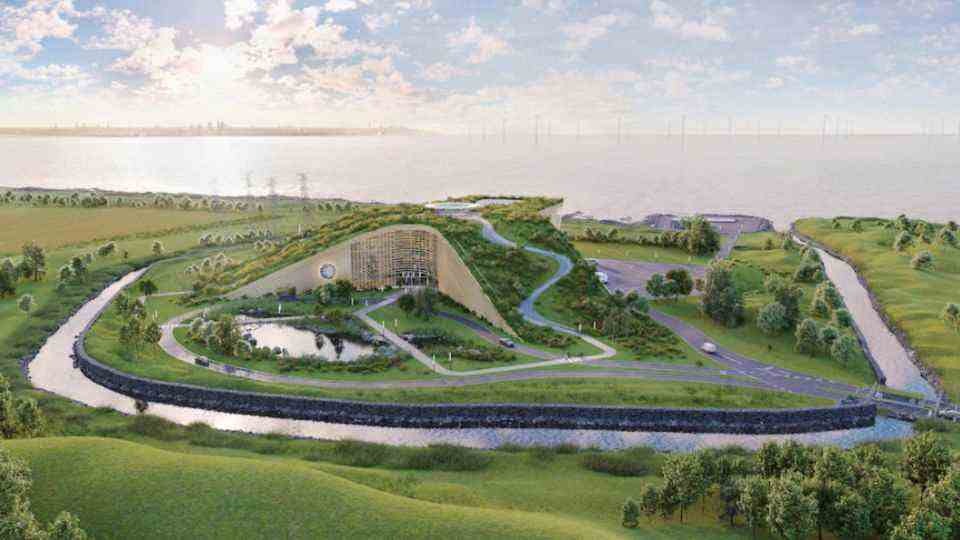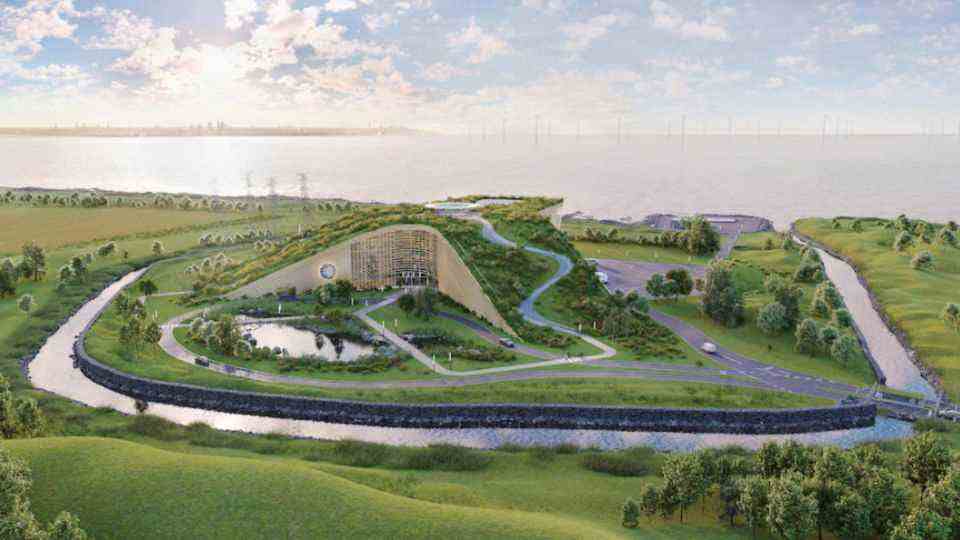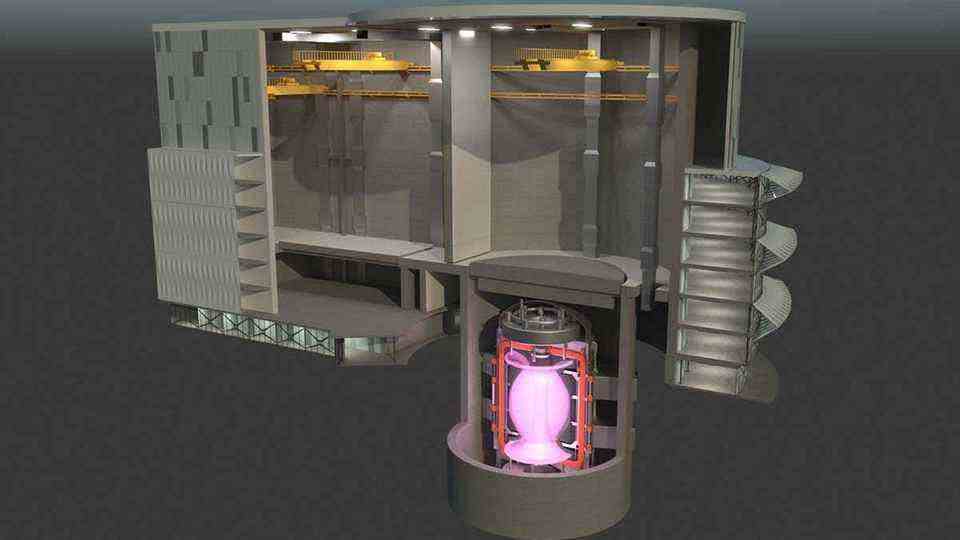fusion power plant
The start-up TAE promises commercial nuclear fusion in just nine years
The “Norman” reactor should be able to ignite the fusion without any problems.
© TAE / PR
The largest private-sector fusion start-up, TAE Technologies, wants to have a commercial fusion reactor operational as early as 2030. TAE achieves fusion in a very different way than the large state reactors.
Nuclear fusion has always been the holy grail of nuclear physics. A tempting goal – endless energy – that seems within reach, but is practically impossible to reach. This has been the case since the 1950s, when Soviet scientists had developed the theoretical basis for a fusion reactor.
Reactor by 2030
Now the world’s largest fusion start-up TAE has announced that it intends to commission a fusion reactor by 2030 that will produce net electricity. Other companies have similar goals, but TAE has set a date for the first time. The private company would thus leave the large state projects such as EAST in China or ITER in France far behind. Is that even possible? Yes, that is conceivable. The large projects try to realize the Soviet concept of a tokamak reactor. Here a kind of donut plasma is accelerated, heated and put under enormous pressure.
Conditions in the plasma ring should be similar to those on the sun, so that continuous fusion should occur. But as elegant as the concept appears in theory, it is difficult to remove the practical hurdles on the way there. Only since decisive breakthroughs have been made with the magnets that compress the plasma and keep it in its orbit have the records of the “artificial sun” started to accumulate. Because of the enormous costs of the tokamak reactor, however, it is doubted that affordable electricity can ever be obtained in this way.
No plasma ring
Like many private initiatives, TAE Technologies is taking a different approach. The company has raised $880 million in funding for its hydrogen-boron reactor. This reactor is not a tokamak, nor is it trying to tame a small sun. “Plasma is a tough substance; the challenge of containing it is like holding jelly together with rubber bands,” the company writes.
TAE wants to reach non-radioactive boron boron to generate plasma in a confined area. No plasma ring is brought to the necessary temperature here, a particle beam heats the molecules in this zone to the plasma state and fusion. The device doesn’t look like a donut or a ring, it’s reminiscent of a radiation gun used to treat cancer. At the end of the cannon is the fusion chamber. TAE’s design is based on beam fusion – the real trick is in the way the plasma is “banned”. Particles form a self-stabilizing ring, a so-called field-reversed configuration.
Successful ignition of the fusion
The trick is to keep the useful state “hot enough and long enough” in this arrangement to ignite fusion. The current reactor is called Norman, named after one of the founders. It is about 25 meters long and seven meters wide. According to TAE, Norman conducted over 600 experiments each month, each time reaching the temperature at which the plasma “ignited” and powered itself. This means that the phase of the experimental reactor for TAE is over. Construction of a commercial device is expected to be completed in 2030.





